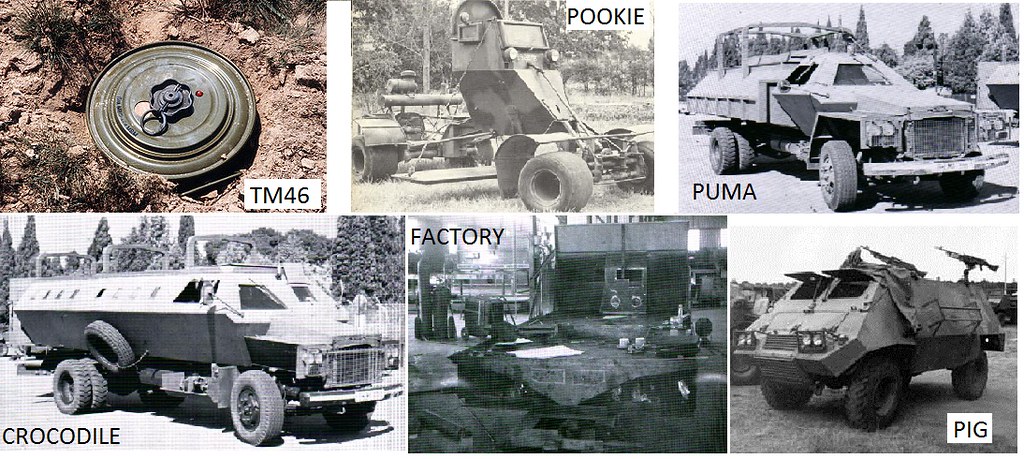SJPOneill:With an equal amount of respect, how much of that strength is desired versus necessary, a result of peacetime emphasis on factors that receive undue emphasis in such times and are of lesser concern during war? (The US Army is not on a war time footing. Elements are but the Army and the nation are not...) How much is due to very real and necessary concerns for both flight safety and operational capability but exacerbated or increased by open societies and inquisitive news media and a bureaucratic fear of shortfalls? How much is due to the way we western democracies allocate funds in our governmental budgeting process that rewards the larger bureaucracy? How much is due to the residual effects of conscription that once existed in our forces and designed structures where manpower concerns were not an issue? How much is due to structural demands that insist for X rank to be allotted, Y persons must be assigned...And, with all respect to more learned contributors, but ML has a point...anyone who hasn't spent time on the support side of an aviation TG or TF probably hasn't a good handle on exactly what is involved in keeping large organisations of aircraft operating...
In short, You have a valid point but some of us may have a handle not only on the numbers but the many variations of why. Regardless, reality intrudes and I certainly acknowledge the numbers but do not see them as a deterrent to what several of us have proposed.
I posited more aircraft and fewer MRAPs based on reallocation of funds. My suggestion of more airmobile insertion -- not airmobile operations in the fullest sense in most cases (those would be reserved for very rare occasions...) -- was not predicated on that once possible but now non existent increase but on current assets in theater; just applying some different rules on usage.
Wilf:Very true. I may not have the same sort experience in air mobility as that of an Army aviator but I've planned the ground phase on dozens of CAs up to Bn size and smaller unit insertions and extractions, some peacetime but mostly in combat -- and that effectively meant telling the aerial truck drivers what I needed their trucks to do in the way of any required reconnaissance, actual and false LZ operations and so forth as well as the aerial gun jeep drivers what I needed them to do. It also meant getting the USAF FAC or flight leaders in on the show. I use that allegory not at all in the pejorative sense but merely to put some perspective on what's important about the use of air assets in ground combat. The training and skill of the air crews was and is unquestioned but all airborne and airmobile operations are backward planned -- the actions on the ground are first outlined then how to get there and do that is determined. The aircraft are in support.Moreover let us not confuse the great skill required to pilot and operate a helicopter with the level of knowledge required to task it effectively. Back in 1970, large quite complicated 14+ aircraft operations were routinely, planned and briefed by 22 year old SF NCOs. In same time period, moving light infantry Battle Groups over 100km were planned by unit commanders and aircraft captains in less than 1 hour. Since then, we have helicopters that are substantially easier to maintain, fly and navigate.
jcustis:
In answer to the valid question of how it got like that, my belief is that you guys are operating under a more restrictive and risk averse version of the same troubles we had in Korea and Viet Nam -- you're at war, the rest of the country including the services headquarters are not. That risk aversion was present in those wars but it was relatively subdued. It seems far more powerful today and that is, I think, a reflection of the increase of the syndrome in our society at large; the services are merely a reflection of the society to which they belong. The nation has gotten overly cautious, dragging the services along with them. My belief is that given an existential war, that syndrome would be forced into at least abeyance. I hope I'm right on that...The reality about weather conditions and flying in limited visibility conditions is simple. It isn't done, I suspect (even when there are times when it's probably really necessary), due to risk and the perceptions on the backlash should several a/c go down trying to fly in "red air". The ability to do it isn't really the issue, just the same as there are a litany of things that impact operations and what/when we are able to operate that would make you scratch your head and go, "how the frack did we let that get like that?" Perhaps M.L. can weigh in on this notion of Wx constraints a bit more.
Hopefully, M.L. will weigh in on that. It would also be good if Geronimo would reappear -- he raised a valid question and his opinion is as important as anyone else's here..
Very true and good for the Corps. My son has a great tale about two convoys he went to aid in minor firefights in Iraq, one Marine and one Army. Very different approaches. The Army has yet to get that smart, partly, I believe partly due to branch turf battles, partly due to a latent inability, certainly an adamant refusal, to realize that every Soldier really needs to be a rifleman. Yet another legacy of WW I / WW II / Drafted manpower thinking in the US Army...And, at least for the USMC, logistical support convoys aren't a drain on combat formations. The CSS guys (and gals) do it themselves.
Tequila:I think you're correct. However, I hope you're wrong...I agree with Jcustis that we need to be ruthless about it and junk the MRAP for future operations given the limitations it puts on the force, saving certain design elements should be saved for future light vehicles. Unfortunately, budgets being what they are, I'm not sure if this is in the cards.




 Sorry, could not help myself.
Sorry, could not help myself.








 ).
).





Bookmarks